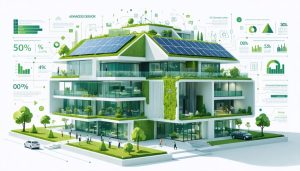
Virtual Design & Construction: How Modern Teams Are Revolutionizing Project Delivery
Virtual Design and Construction (VDC) stands at the forefront of construction’s digital revolution, transforming how we plan, execute, and deliver complex building projects. By integrating 3D modeling, real-time collaboration tools, and data-driven decision-making processes, VDC empowers construction teams to identify conflicts before breaking ground, reduce costly rework, and accelerate project delivery timelines by up to 30%.
In today’s competitive construction landscape, where margins are tight and schedules demanding, VDC emerges as the critical differentiator between project success and failure. Leading construction…









